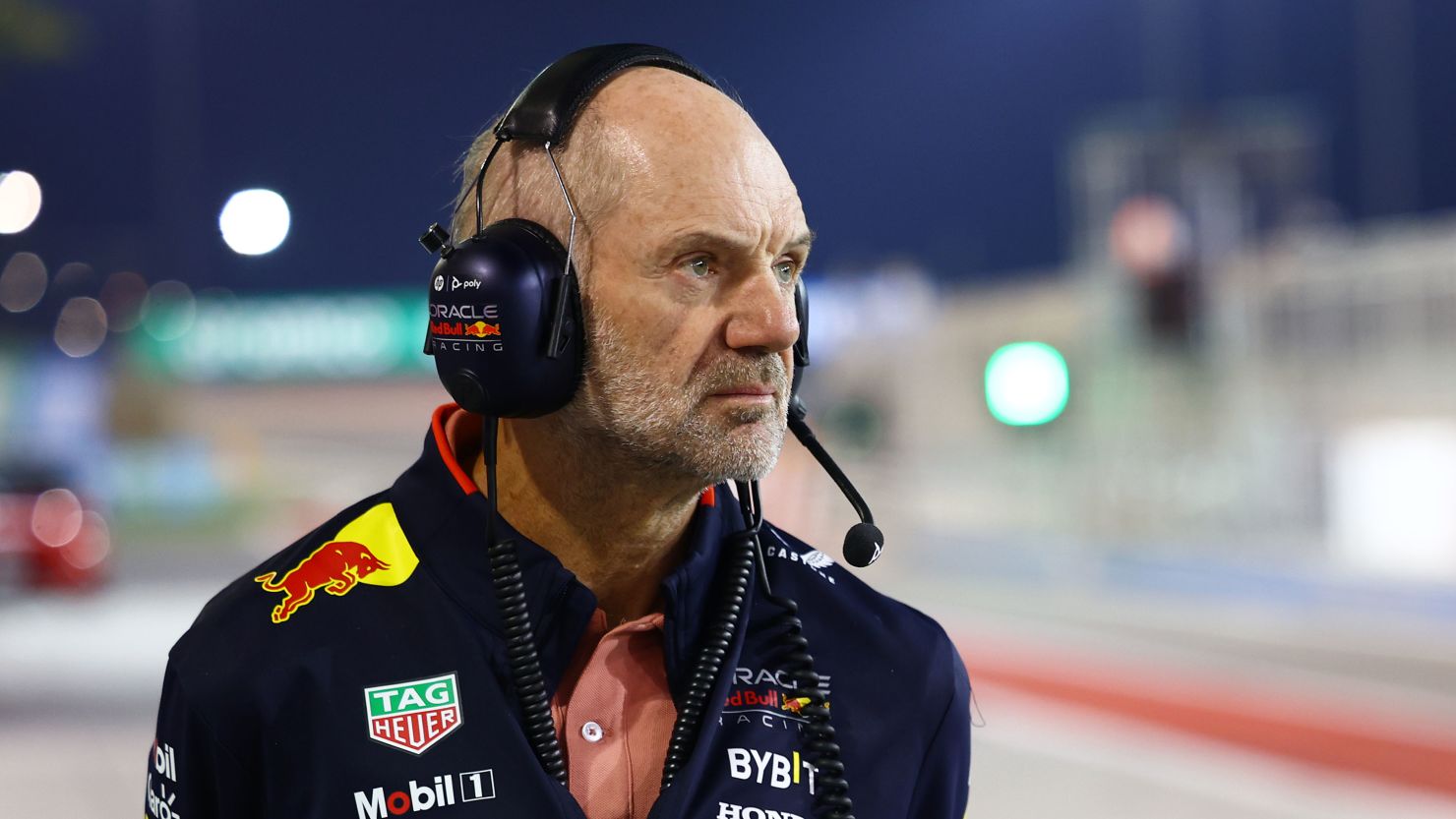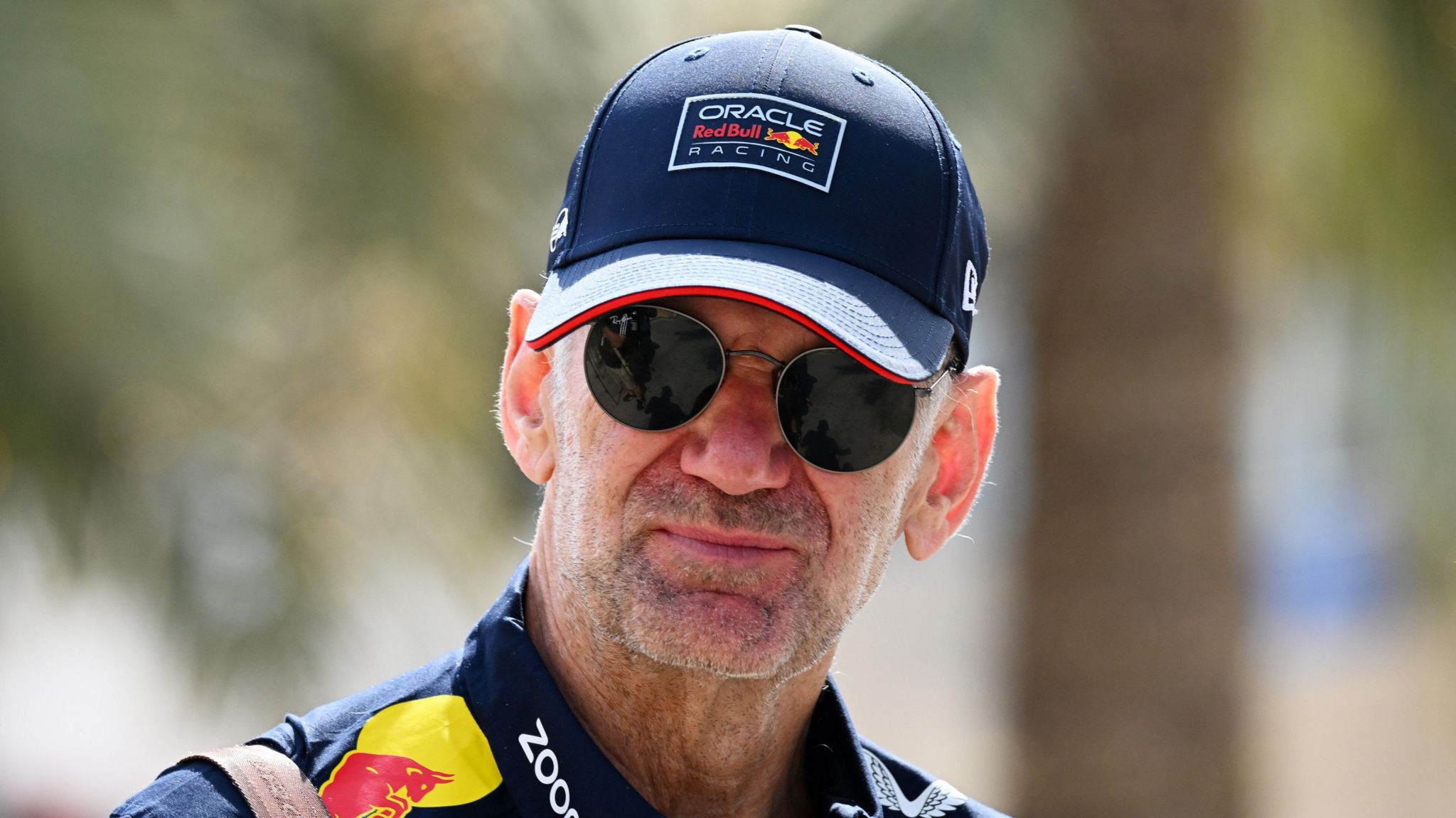A year ago, Red Bull Racing was recovering from a tough time. But in early 2007, they were already seen as contenders for the season. Adrian Newey, a renowned F1 car designer, joined the team, sparking hopes for success. Despite this, Newey remained cautious about high expectations.
Newey spoke at an event before the RB3 car was even tested. He downplayed the hype, recalling past experiences where exaggerated expectations led to disappointment. He preferred to exceed expectations rather than fall short.
He explained that Red Bull, despite its wealthy image, still lacked certain resources compared to established teams like McLaren. They were growing rapidly but needed time to build up their infrastructure and team cohesion.
Newey highlighted the challenges of starting with a new car and developing it amidst time constraints. Despite these obstacles, he aimed to implement necessary changes for success.

His influence at Red Bull was noticeable, although he emphasized the collaborative effort of the entire engineering team. He valued the support of colleagues like Mark Smith and Ben Agathangelou.
Newey’s unconventional approach to management allowed him to focus on designing the car while others handled organizational tasks. He believed that his contribution, combined with the team’s dedication, could make a difference in the season’s outcome.
The RB3 car bore Newey’s aerodynamic touch, but it faced criticism for its tight design, causing discomfort to the drivers and reliability issues during testing.
Newey acknowledged his potential impact on Red Bull’s performance but emphasized the importance of teamwork and collective effort in achieving success.

